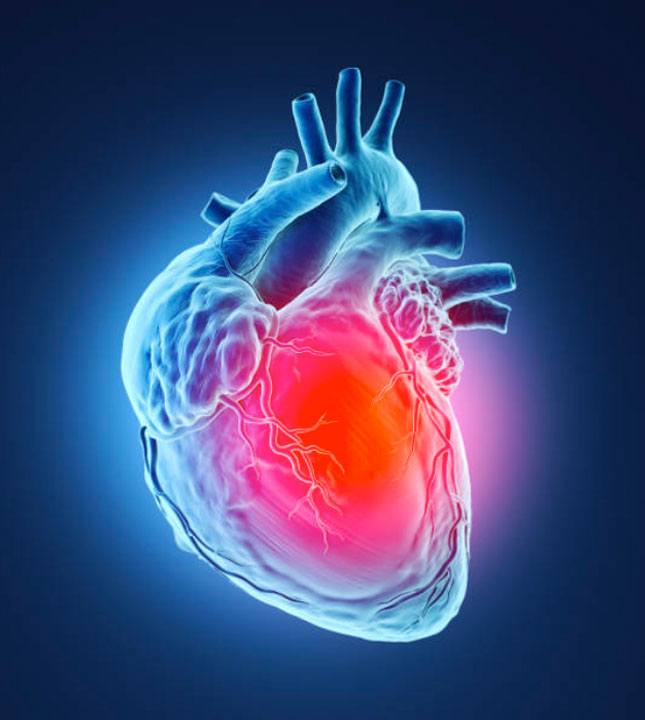Heart CT Scans
Heart Scans
According to the Center of Disease Control and Prevention, cardiovascular disease is the leading cause of death in America, contributing to one out of every four deaths in our country.
Sometimes, the first symptom of heart disease is a heart attack itself. Our non-invasive, low-dose, technologically advanced SOMATOM go.All CT scanner from Siemens Heathineers can be crucial in detecting early cardiovascular disease and therefore may change your life. Early detection is key!
Why should you get a Heart Scan?
Heart scans will let you know if you have calcium buildup in your arteries.
A heart scan will let you know if you have calcium buildup in your arteries. Arteries are the vessels that carry oxygen and nutrients from your heart to the rest of your body. The arteries should be flexible and elastic but calcium build up causes them to be hard and stiff. Pieces of calcium in the heart are called calcifications and a buildup of calcium deposits in the arteries increases the risk of coronary artery disease, the most common reason for heart attacks.
According to the Center of Disease Control and Prevention,1 cardiovascular disease is the leading cause of death in America, contributing to one out of every four deaths in our country. About 610,000 people will die just this year from cardiovascular disease, a disease that if caught early, can be prevented, treated and even cured. For many of these victims, sadly, the first sign of their heart attack, is the heart attack itself.
1 – cdc.gov/heartdisease/facts.htm

